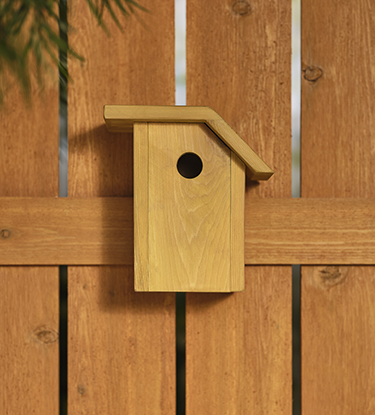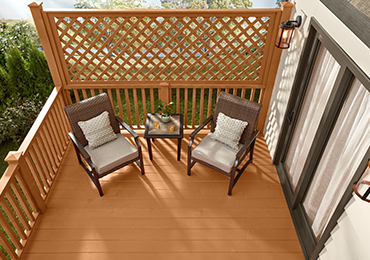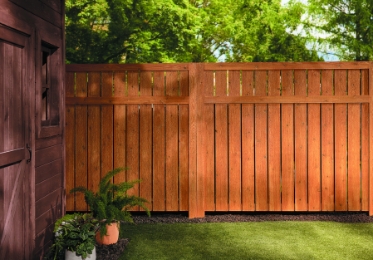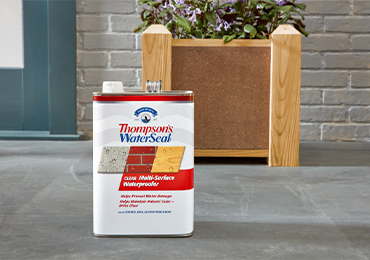
PICKING THE RIGHT PRODUCTS
Oil-Based versus Water-Based

PICKING THE RIGHT PRODUCTS
Oil-Based versus Water-Based
Oil-Based versus Water-Based Waterproofing Stain
Stains used for the upkeep of exterior wood surfaces are formulated to protect against damage caused by sunlight and moisture, such as rot, mold and mildew, thanks to the addition of mildewcides. Most stains are water-based with film-forming properties that bind to and protect the wood’s surface by repelling water. Typically, these products also contain titanium dioxide, a substance found in sunscreens, that not only adds brightness and alters opacity levels but acts as a UV filter that minimizes damage from the sun’s intense rays.
Oil-based stains, on the other hand, protect by penetrating deep down into the wood’s pores and sealing water out. Their oil content, however, makes them less resistant to other moisture-related problem causers, like mold and mildew, which feed on some materials found therein.
A third option, wood sealers, typically have a transparent or clear finish and are designed to form a protective layer on top of the wood’s surface. This layer works to seal moisture out, warding off mold, mildew and rot, but does little to protect against UV rays.
Sealers also dry up the oils found naturally in the wood itself, which can lead to graying, fading and even cracking and splitting over time. Wood sealers are offered as both oil-based stains and water-based products.
How-Tos

Make sure your deck gets the outdoor protection you want and the seal of approval it deserves.

Got any other questions? We got answers in our FAQs.

We not only protect wood surfaces — but concrete, brick, masonry, and more.